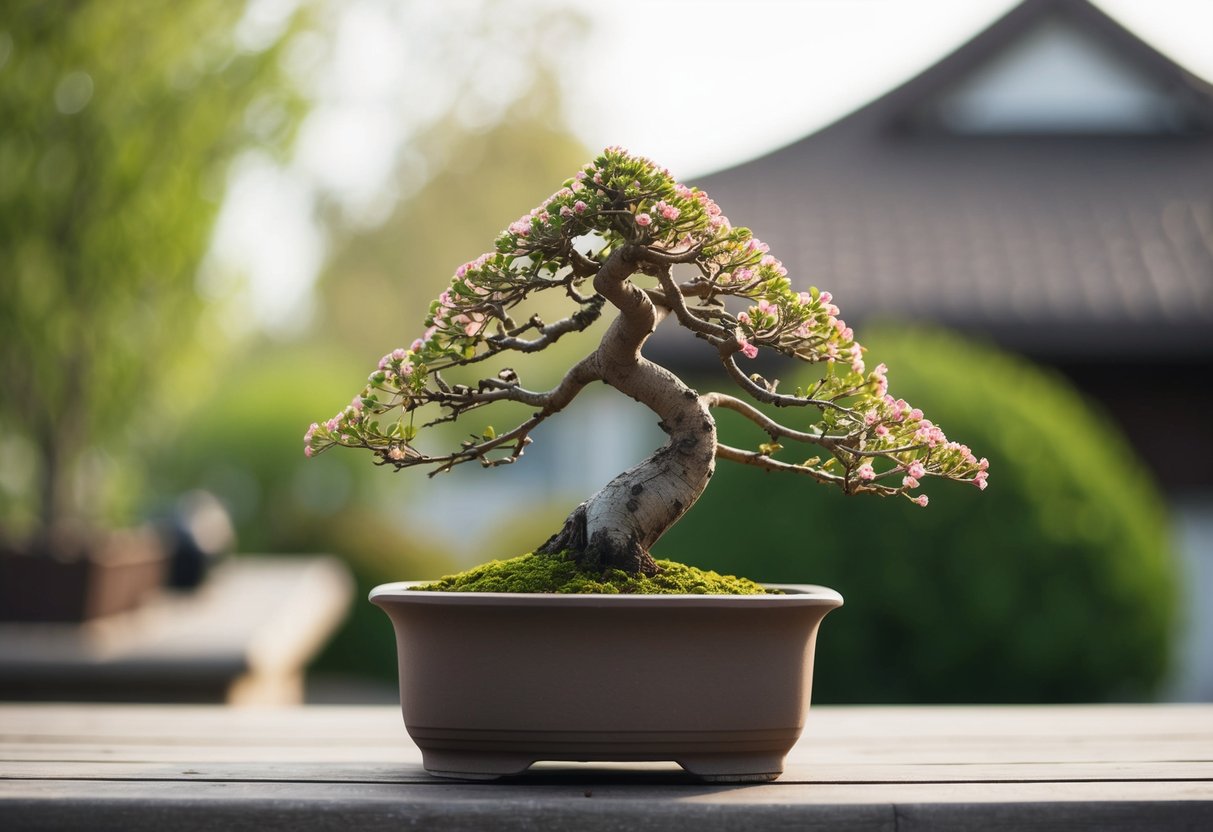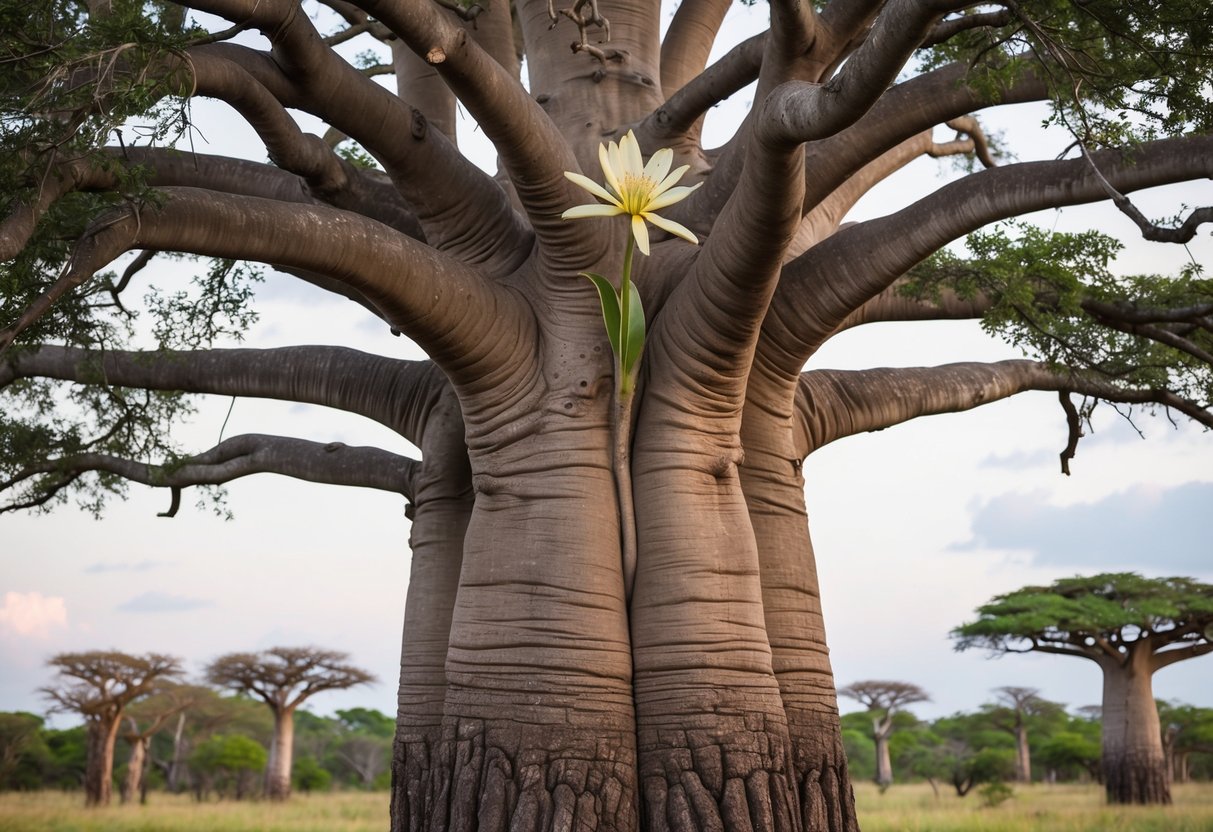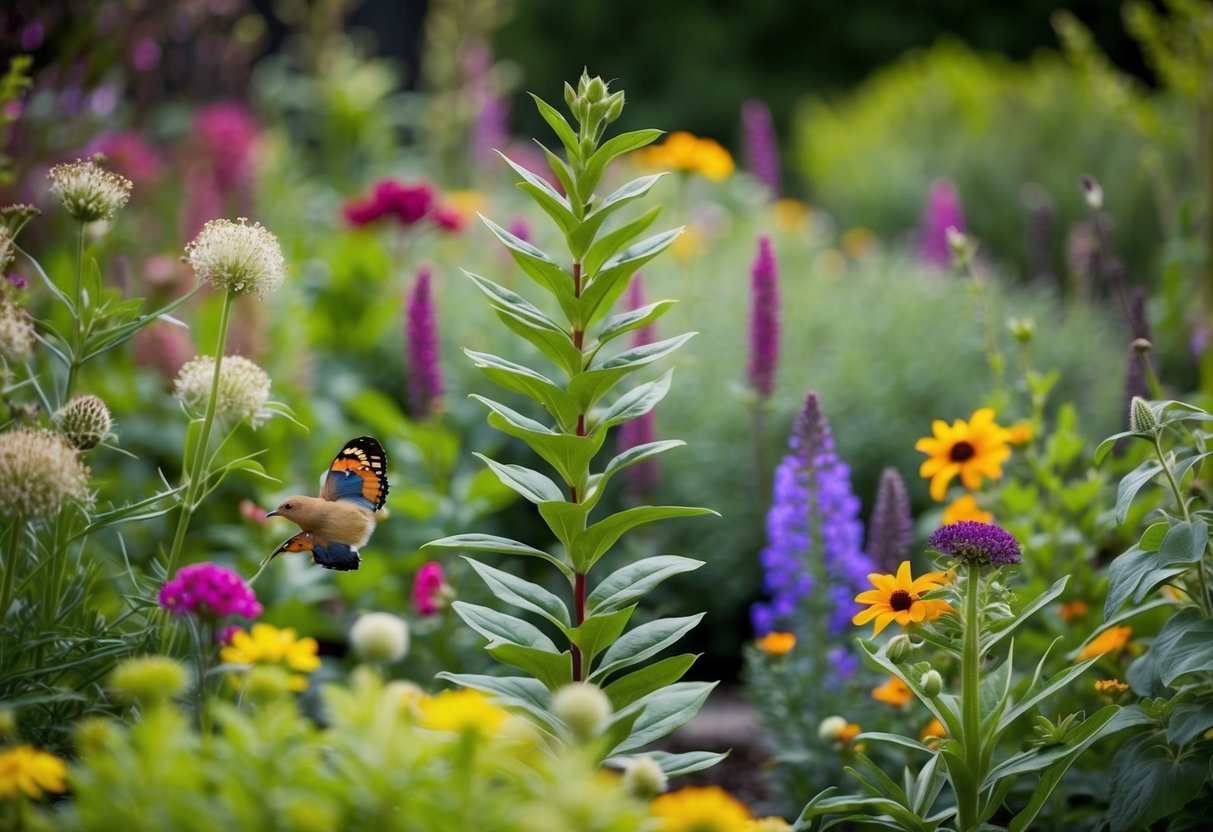What is the Plant That Takes the Longest Time to Flower? Discover the Fascinating Life Cycle
The Titan Arum, also known as the “Corpse Flower,” takes the longest time to bloom. Some plants take up to a decade or more to flower. Imagine a plant so unique that it blooms only once every 8 to 20 years. This enormous flower, native to the rainforests of Sumatra, unfolds impressively up to 5 feet wide and is famed for its pungent odor.

Your garden might not host a Titan Arum, but you can enjoy plants that offer long-lasting beauty. Perennials like coneflowers and black-eyed Susans bring vibrant colors to your outdoor space. They bloom throughout the seasons. These flowering perennials add life and color, making your garden lively and inviting.
Exploring different long-blooming plants introduces you to endless possibilities for your garden. The beauty of flowering perennials lies in their ability to provide a continuous display of blooms, transforming your garden into a stunning retreat. Dive into the world of plants and discover the incredible diversity nature offers.
Understanding Plant Life Cycles

Plants go through different life cycles, with each type having unique characteristics. Annuals and perennials have varied growth patterns and lifespans. Several factors affect how long they take to flower.
Annuals Vs. Perennials
Annuals are plants that complete their entire life cycle in one growing season. They sprout from seeds, grow, flower, set seeds, and die all within a year. Examples of annuals include marigolds, petunias, and zinnias. These plants are perfect for adding quick and vibrant color to your garden.
Perennials, on the other hand, live for more than two years. They may take a while to establish but return each spring. Some popular perennials include daylilies, hostas, and peonies. These plants save you the hassle of replanting each year and can often withstand various weather conditions.
Choosing between annuals and perennials depends on factors like your local climate, known as the hardiness zone, and how much maintenance you’re willing to put into your garden.
Factors Influencing Flowering Time
Several elements can influence how long it takes a plant to flower. Light is a crucial factor; some plants need long days, while others require shorter ones to bloom. Temperature also impacts flowering. Plants may need a certain temperature range to trigger blooming, which varies from one species to another.
Soil Quality and nutrients play a role too. Rich, well-drained soil helps plants grow healthier and may speed up the time to flower. Lastly, water availability is essential. Some plants might delay flowering if they experience drought or overwatering.
Understanding these factors helps you better plan your garden and select plants that suit your environment and needs.
The Champions of Longevity

When it comes to long-lasting blooms, some perennial plants truly stand out. You’ll find that certain types of flowers, like Echinacea and Astilbe, provide extended beauty in your garden.
Longest Flowering Perennial Plants
Many perennial plants offer blooms that can last for several months each year. A standout among these is the Hellebore, which can begin flowering in late winter and continue through early spring. Its persistence in cooler months makes it a remarkable choice for early color. The Coneflower, or Echinacea, also offers a long flowering period. It typically blooms from midsummer to fall and attracts a variety of pollinators.
Astilbe is another notable example. Known for its fluffy plumes, Astilbe thrives in shaded gardens and can flower for weeks. Its ability to withstand low-light conditions makes it versatile and appealing for many gardeners.
The Significance of Echinacea and Astilbe
The Echinacea, often called the coneflower, is not only beautiful but also practical. As a hardy perennial, it can survive harsh climates while providing medicinal benefits. Echinacea is often used to boost the immune system, making it a popular choice in herbal remedies.
Astilbe is celebrated for its striking appearance and adaptability. Its tall, feathery flowers come in shades of pink, white, and red, adding visual interest to your garden. Since Astilbe thrives in moist, shaded areas, it’s ideal for gardeners working with challenging shade spots. These plants are not just beautiful but also offer resilience and versatility in your garden.
Caring for Late Bloomers

Taking care of late-blooming plants can be rewarding and requires attention to specific growing conditions and techniques like deadheading. This ensures your garden remains vibrant late into the season.
Optimal Growing Conditions
Late bloomers thrive best in certain environments. Sunlight is crucial, so ensure they are placed in areas where they receive enough rays. Many late bloomers, like those found in a cottage garden, are also drought-tolerant plants, meaning they can survive with less water, but they still need regular watering during dry spells.
Soil health is vital. You should enrich it with organic compost to enhance drainage and nutrient availability. A balanced fertilizer will support strong growth. Use mulch to retain moisture and control weeds. Consider the plant’s hardiness zone to match your climate, and protect them from the cold if necessary.
The Role of Deadheading
Deadheading is a key practice for promoting prolonged blooming. By removing spent flowers, you encourage plants like those in provenwinners.com to focus energy on creating new blooms instead of seeds.
To deadhead, use clean, sharp scissors and cut just above the first set of healthy leaves. This keeps your plants looking tidy and boosts their blooming cycle. For example, with salvia, proper deadheading encourages lush growth.
This practice also minimizes disease by preventing rot from old blooms. Regular inspection and removal of dead parts maintain plant health. So, make deadheading part of your routine for a more colorful and flourishing garden.
Creating a Year-Round Color Palette

To create a vibrant garden, focus on planting strategies and selecting the right flower colors. These choices will ensure a vibrant and dynamic display throughout the year.
Succession Planting Strategies
Succession planting is a technique where you plant different flowers in stages to keep your garden colorful year-round. Start with early-blooming perennials like daffodils or tulips, which emerge in spring. As these fade, you can introduce mid-season bloomers such as coneflowers or daylilies.
For late-season interest, consider asters or chrysanthemums. You can overlap bloom times by using a mix of short-lived annuals and long-lived perennials. Maintain a balance so that when one type finishes, another begins. This approach not only extends the blooming season but also fills your flower beds with continuous interest.
Choosing the Right Flower Colors
Choosing the right flower colors is essential for a lively and cohesive garden. Begin by considering the color scheme you want in your space. Bright colors like reds and yellows draw attention, while softer shades like blues and pinks offer calmness.
Perennial flowers such as lavender or salvia can provide lasting color year after year. Mixing complementary colors creates harmony, while contrasting colors add boldness. In a cottage garden, using a wide variety of colors works well, creating a welcoming and relaxed atmosphere.
Remember to consider seasonal transitions, ensuring your garden maintains its charm throughout all seasons.
Attracting Wildlife with Perennials

Perennials not only beautify your garden but also invite beneficial insects and provide aromatic experiences. They play a crucial role in creating a lively habitat for various forms of wildlife.
Beneficial Insects and Pollinators
Planting perennials is a great way to attract pollinators like bees, butterflies, and other beneficial insects. Black-Eyed Susans have bright yellow petals that draw in many of these visitors. Milkweed is another flower known for supporting pollinating insects. It’s especially important for monarch butterflies, providing them with food and a place to lay their eggs.
Yarrow is another perennial that attracts a variety of pollinators. It offers clusters of tiny flowers rich in nectar, making it a favorite for bees and butterflies. By incorporating these plants, you increase the chances of observing a bustling community of beneficial creatures in your garden. This not only helps your plants thrive but also supports the ecosystem.
Perennials with Aromatic Foliage
Perennials with aromatic foliage add another layer of attraction for wildlife and enjoyment for you.
Lavender is well-loved by both bees and humans due to its soothing fragrance and beautiful purple flowers. It stands out in any garden and is easy for pollinators to locate.
Ajuga reptans, also known as Bugle, has dense foliage and intriguing aromas. It spreads easily and can be used as ground cover, making it an excellent choice for borders.
Attracting insects while providing lasting scents, these aromatic perennials make your garden a more inviting space.
Choosing plants like lavender and Bugle creates a sensory experience that benefits both wildlife and people.







